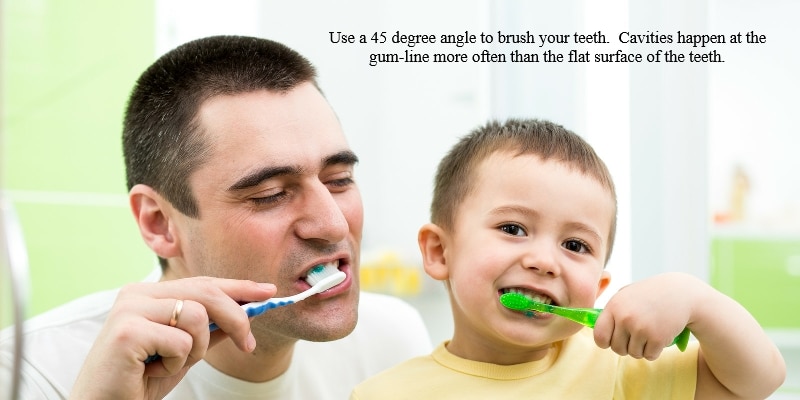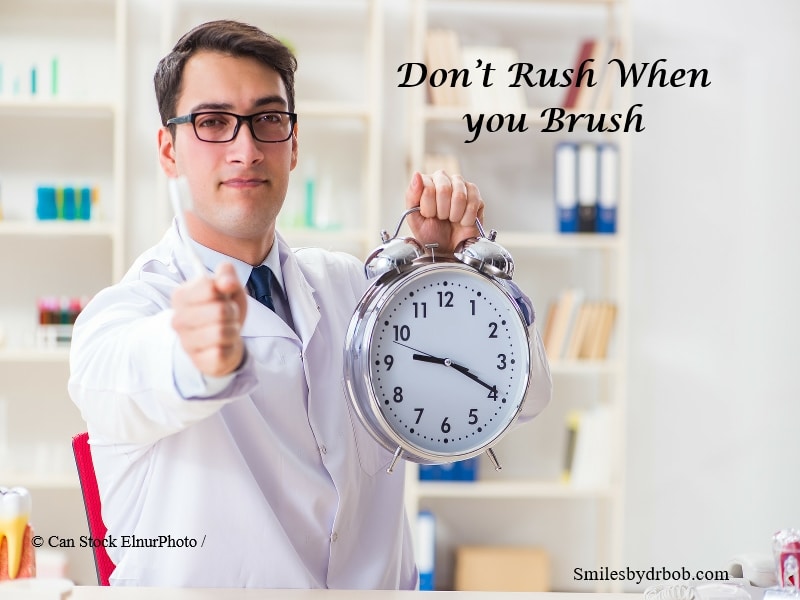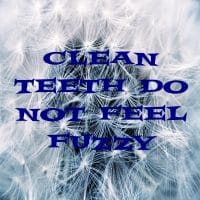Flossing After Brushing
Flossing is necessary to remove bacteria between the teeth, but flossing after brushing deprives you of the benefit of the fluoride in the toothpaste and the rinse you use after cleaning. Remember, Brush, Floss, Rinse is the motto of Stacey.
Brushing Too Often
Cleaning your teeth twice a day, once after breakfast and again before bed is excellent. So, you may be thinking brushing more is better. Not really. Brushing too often can wear the tooth enamel and irritate your gums which may lead to inflammation and infection.
Not really. Brushing too often can wear the tooth enamel and irritate your gums which may lead to inflammation and infection.

Brushing in a straight line or at a 90-degree angle.
The back and forth motion of brushing in a straight line, similar to sawing wood, may wear ridges in the enamel. Additionally, most decay does not begin on the flat tooth surface but at the gumline. Brushing at a 90-degree angle will not clean the gumline effectively. To be proficient, angle your brush at a 45-degree angle toward the gums and move your brush in a circular motion.
Brushing too Vigorously
Brushing your teeth should not be like cleaning bathroom grout. And, using a hard bristle brush or cleaning too hard can flatten out the bristles of a soft brush making ineffective and the use of a hard bristle brush may damage the tooth’s enamel and possibly irritate the gums.
Rushing through the Brushing Process

Take your time. It’s not a race. Start at the back of the mouth and travel the entire arch, inside and outside so you won’t miss a tooth. Do the same of the other arch. Use your tongue to check if all the plaque is gone. However, if it feels rough, go back over the surface again.

The Pay Off
Hopefully, you are not using any of these “do-
